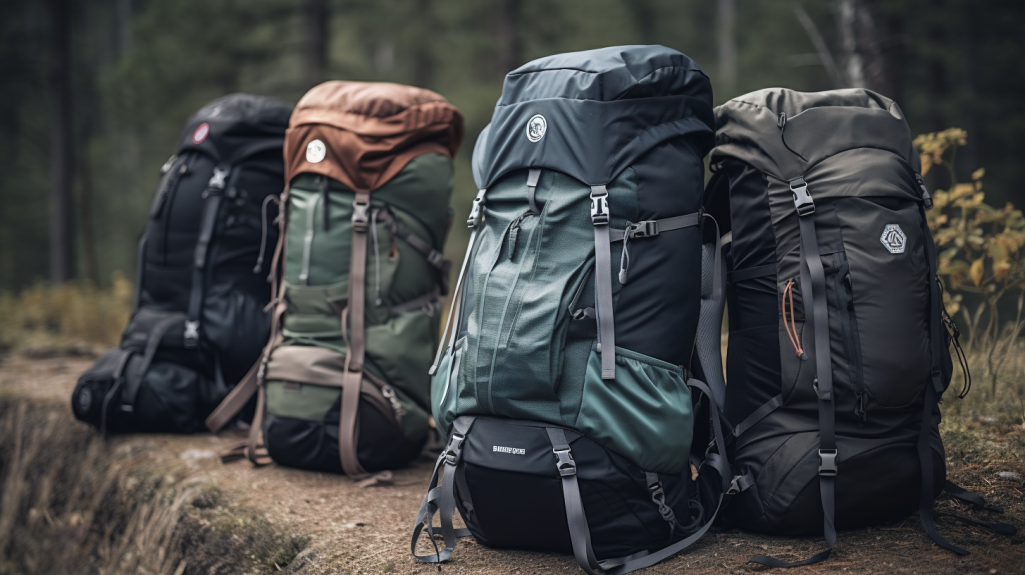Embarking on an outdoor adventure requires careful planning and consideration, and one of the most crucial elements of your preparation is choosing the right backpack. Whether you’re planning a day hike, a weekend camping trip, or a longer backpacking expedition, the backpack you select can significantly impact your comfort and overall experience. In this guide, we’ll delve into the key factors to consider when choosing the perfect backpack for your outdoor pursuits.
Define Your Adventure Type
Before diving into the world of backpacks, it’s essential to define the type of outdoor adventure you’re planning. Different activities demand different features in a backpack. For instance, a day hike requires a smaller pack than a multi-day trek or a camping trip. Consider the duration, terrain, and weather conditions you’ll encounter to narrow down your options.
Capacity Matters
Backpacks come in various capacities, measured in liters, indicating the volume of the main compartment. Understanding your needs and the duration of your adventure is crucial when choosing the right capacity. Here’s a general guideline:
- Daypacks (20-30 liters): Ideal for short day hikes, providing enough space for water, snacks, a first aid kit, and a light jacket.
- Weekend Packs (30-50 liters): Suitable for one to three-night trips, offering space for additional clothing, a sleeping bag, and a compact tent.
- Extended Trip Packs (50+ liters): Designed for longer adventures, such as multi-day hikes or backpacking trips. These packs can accommodate extra clothing layers, a larger sleeping bag, and camping gear.
Fit and Comfort
The fit of your backpack is paramount to your comfort on the trail. Ill-fitting packs can cause discomfort, pain, and even injury. Look for a backpack that suits your torso length, considering both the length of your back and the curvature of your spine. Many outdoor retailers offer fitting services, ensuring you find a pack that matches your body type.
Additionally, adjustable features such as padded shoulder straps, hip belts, and load lifters help distribute weight evenly and reduce strain on your back. Don’t underestimate the importance of a well-padded hip belt, as it plays a significant role in supporting the load and preventing back fatigue.
Weight Distribution and Frame Type
The distribution of weight in your backpack is crucial for stability and comfort. Internal and external frame backpacks are the two main types, each with its advantages:
- Internal Frame: These packs have a frame built into the backpack, providing better weight distribution and a sleeker profile. They are ideal for activities that require agility, such as climbing or scrambling.
- External Frame: These packs have a visible frame on the outside, offering excellent load-carrying capabilities and ventilation. They are suitable for carrying heavy loads over relatively flat terrain.
Consider the type of adventure you’re undertaking and choose a frame type that aligns with the demands of the terrain and your personal preferences.
Weather Resistance and Durability
Outdoor adventures often expose your gear to various weather conditions, so it’s crucial to choose a backpack that can withstand the elements. Look for packs made from durable, water-resistant materials such as ripstop nylon or polyester. Some backpacks come with a rain cover, providing an extra layer of protection during unexpected downpours.
While water resistance is essential, breathability is also a factor to consider. Ventilated back panels and moisture-wicking materials can help prevent discomfort from sweat buildup during intense activities.
Accessibility and Organization
The design of the backpack’s compartments and pockets can significantly impact your convenience on the trail. Consider how often you’ll need access to different items and choose a pack with a layout that suits your preferences. Features such as multiple pockets, gear loops, and a separate sleeping bag compartment can enhance organization and accessibility.
For daypacks, quick-access pockets for water bottles and snacks can be particularly beneficial. For longer trips, a top-loading main compartment combined with a front or side zipper can provide easier access to the contents of your backpack.
Brand Reputation and Reviews
The outdoor gear market is saturated with options, and it can be challenging to navigate without guidance. Research reputable outdoor gear brands known for their quality and durability. Reading reviews from fellow outdoor enthusiasts can provide valuable insights into the real-world performance of a particular backpack.
Consider the warranty and customer service offered by the brand, as this can be indicative of their confidence in the longevity and performance of their products.
Try Before You Buy
While online shopping offers convenience, trying on a backpack before purchasing is highly recommended. Visit a local outdoor retailer to test the fit, comfort, and features of different models. Load the backpack with weight to simulate real-life conditions and assess how well it distributes the load.
Take your time adjusting the straps, hip belt, and other features to ensure a proper fit. Remember that what works for one person may not work for another, so finding the right fit for your body is essential.
Conclusion
Choosing the right backpack is a critical step in ensuring a comfortable and enjoyable outdoor adventure. By considering factors such as capacity, fit, weight distribution, weather resistance, and organization features, you can narrow down your options and find the perfect pack for your specific needs.
Investing time in researching, trying on different models, and seeking advice from experienced outdoor enthusiasts will pay off in the long run. Your backpack is more than just a vessel for carrying gear; it’s a companion on your journey, providing the support and convenience you need to make the most of your outdoor experience.

